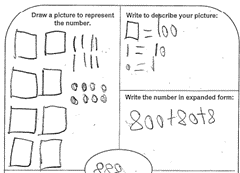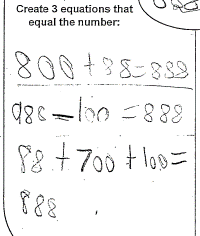Numeracy Goal
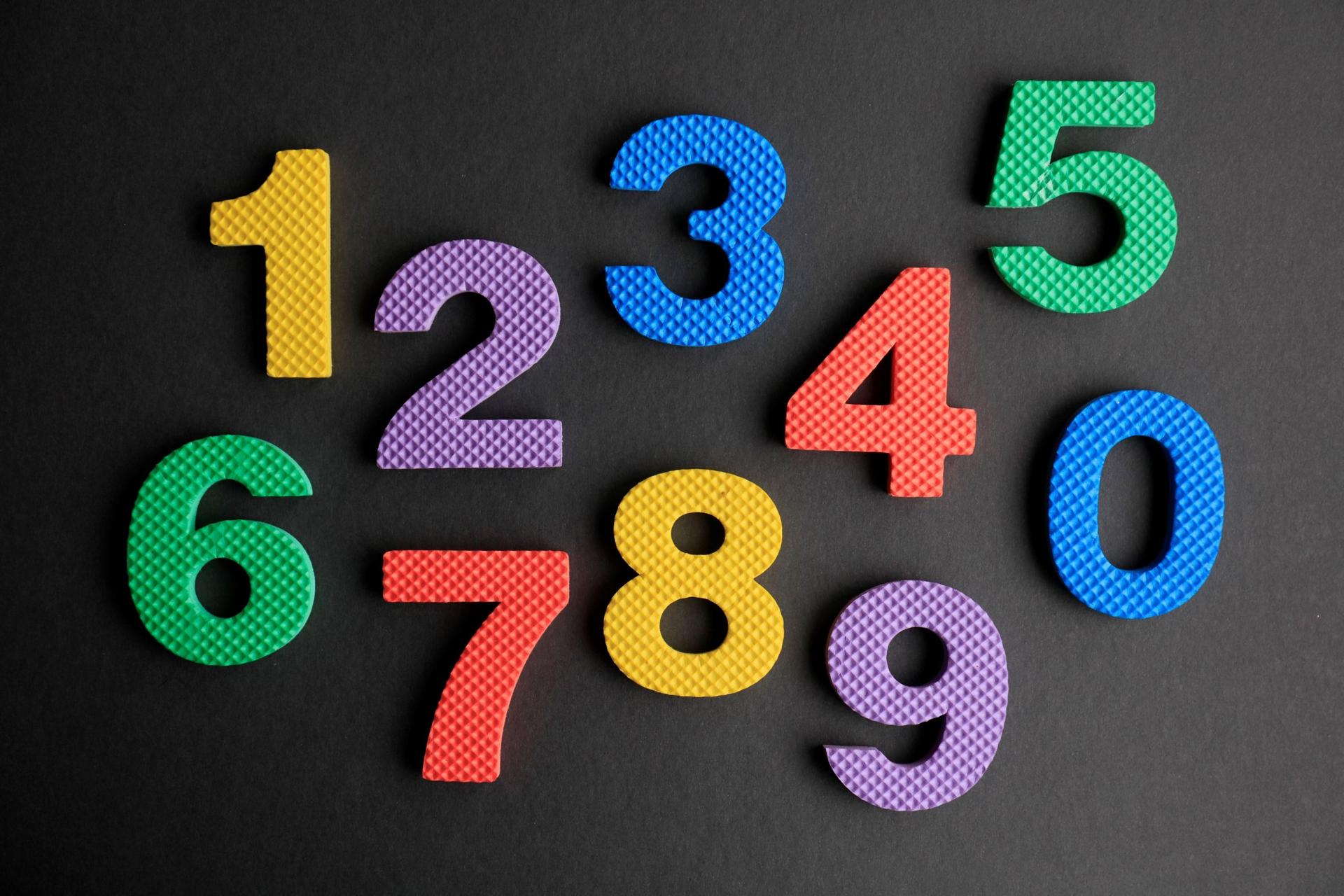
Use of the SNAP Math tool (attached below) as both a formative and summative assessment tool for grades K-3.
To share our progress toward our numeracy goal, we will share progress updates in our weekly newsletter.
This year, the district is using the SNAP Math tool assessment to focus on number sense for grade three students.
‘Number sense’ refers to the ability to understand the value of a number and represent the number in different ways (using real-life examples, representing using math tiles, on a number line, etc). We know that strong number sense supports students’ achievement in all areas of math. In addition to other strategies to support numeracy, we continue to use SNAP Math tool as both a practice tool and an assessment tool. Data is collected in the Fall and again in the Spring.
From the 2021-22 year, we saw gains in all areas of number sense with big improvements in all areas except connecting and reflecting (connecting numbers to real-life examples). In this year’s Fall data, we noticed that students who had experience using the SNAP Math tool in grade 2 performed better in the beginning of grade three. To address students’ difficulty in applying number sense is real-life, we are introducing a real-life number sense challenge every month in the school for all children to participate in, in addition to focusing on connecting/reflecting in class. We are also starting to introduce the Math SNAP tool at earlier grades to increase student’s fluency and comfort with all the number sense concepts.
2022-23 NUMBER SENSE DATA FOR GRADE 3 STUDENTS
 |
||
|
Communicating & Representing
|
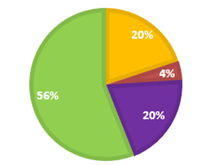 56% of students are proficient in this area, with 20% developing these skills.
|
JUNE 2023 Will be updated in Spring |
|
Understanding & Problem-solving
|
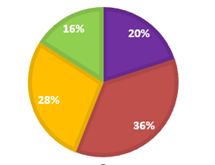 16% of students are proficient in this area, with 28% developing these skills.
|
JUNE 2023 Will be updated in Spring |
|
Connecting & Reflecting
There are 888 students at a large high school. There are four grades and over 200 students in each grade.
|
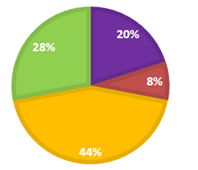 28% of students are proficient in this area, with 44% developing these skills.
|
JUNE 2023 Will be updated in Spring |
|
Reasoning & Analyzing
|
 32% of students are proficient in this area, with 32% developing these skills.
|
JUNE 2023 Will be updated in Spring |
2021-22 NUMBER SENSE DATA FOR GRADE 3 STUDENTS
 |
||
|
Communicating & Representing
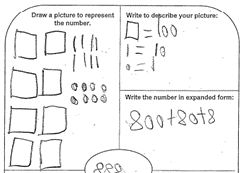 |
FALL 2021
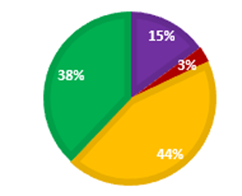 |
JUNE 2022
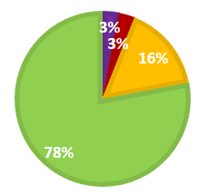 By the end of the year, 78% of students were proficient in this area.
|
|
Understanding & Problem-solving
|
FALL 2021
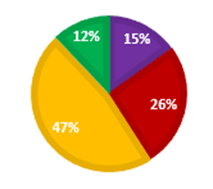 |
JUNE 2022
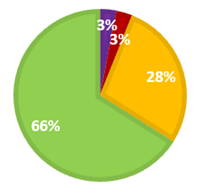 By the end of the year, 66% of students were proficient in this area.
|
|
Connecting & Reflecting
There are 888 students at a large high school. There are four grades and over 200 students in each grade.
|
FALL 2021
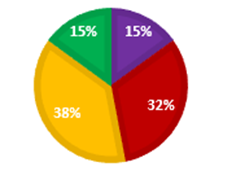 |
JUNE 2022
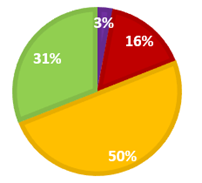 By the end of the year, 31% of students were proficient in this area.
|
|
Reasoning & Analyzing
 
|
FALL 2021
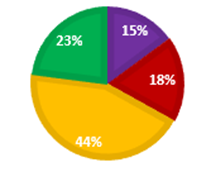 |
JUNE 2022
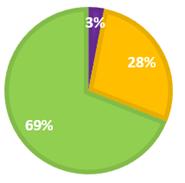 By the end of the year, 69% of students were proficient in this area.
|
Previous Years' Data
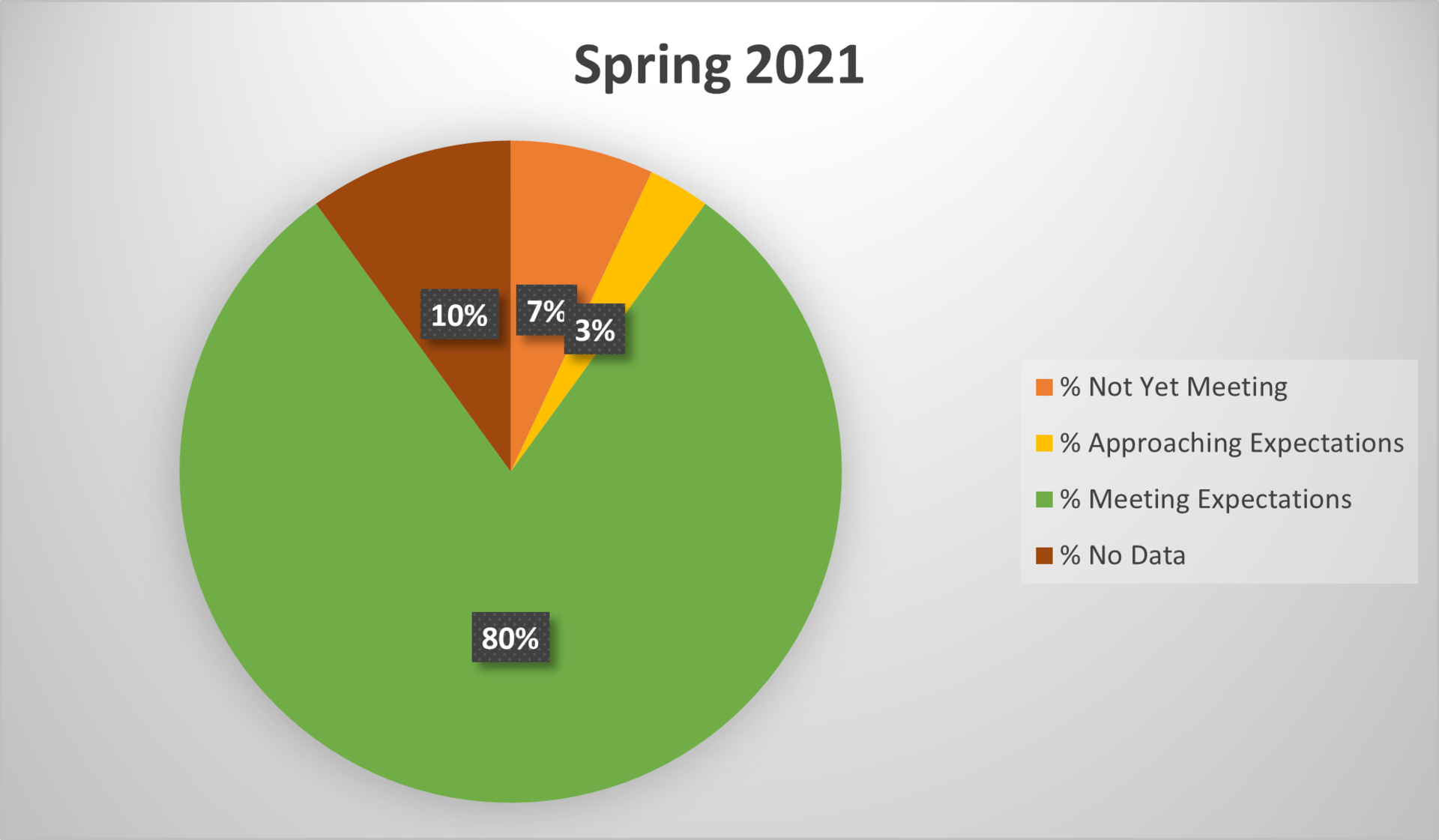 80% of students were meeting expectations at the end of grade 3.
|
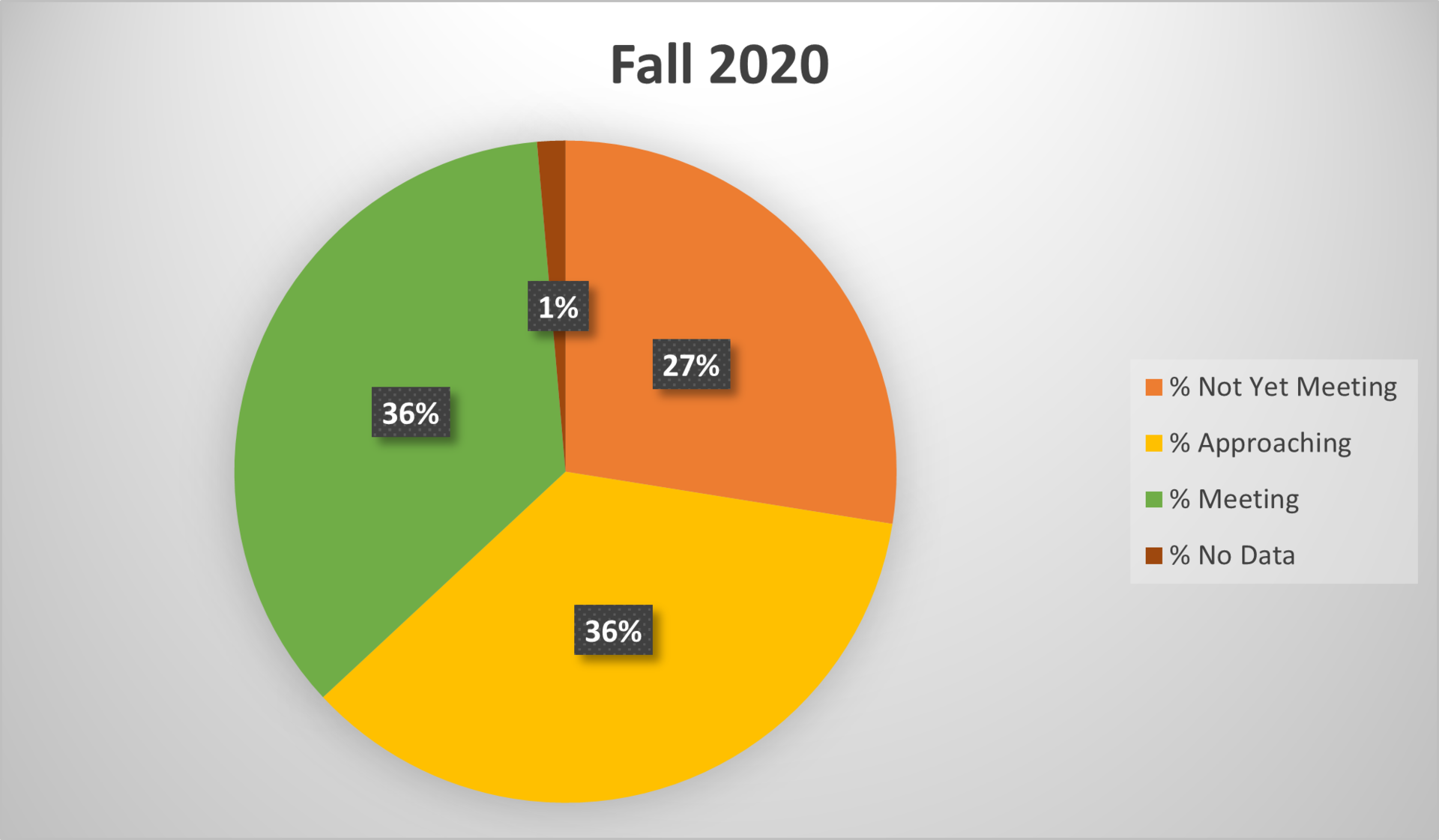 36% of students were meeting expectations in the Fall of 2020 (beginning of grade 3, based on end of grade 2 expectations).
|

